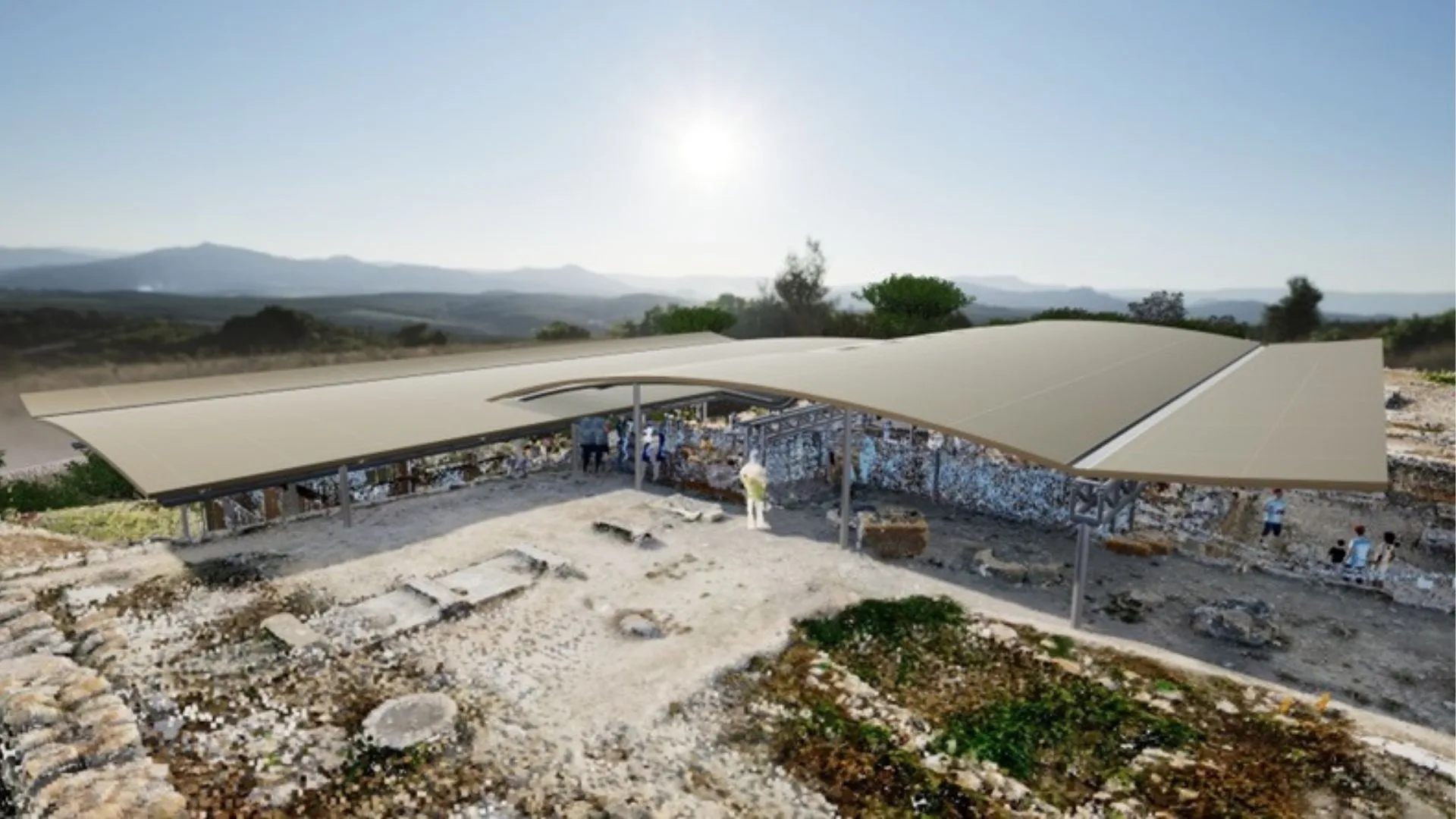The archaeological site of Phaestus (Phaistos) on Crete will undergo enhancements to safeguard its architectural remains from weather damage and improve accessibility for people with disabilities, according to the Greek Ministry of Culture.
According to amna.gr, the project is funded through the Regional Business Program ‘Crete’-NSRF 2021-2027 and includes stabilizing and restoring ancient structures, replacing outdated shelters from the 1960s, and reinforcing slopes around the Minoan Palace to mitigate flood risks.
Culture Minister Lina Mendoni emphasized the site’s significance, stating, “The Minoan Palace of Phaestus, the second most important palace complex on Crete, is a major archaeological site of high tourist attraction, which is included in the candidacy folder Greece has submitted for a serial registration of Minoan palaces on UNESCO’s World Heritage List of monuments in 2025.”
The new shelters will cover the Royal Apartments, a section of the Old Palace, and other key areas, with smaller shelters protecting the extant wall slip and the western bastion. A €2.5 million program to improve accessibility for people with disabilities is also in progress.
Site History
The palace, continuously inhabited from the 4th millennium to the 2nd century BC, was rebuilt multiple times after earthquake damage. The Old Palace (1900–1700 BC) featured walls up to six meters high, while the New Palace (1700–1450 BC) was built at a higher elevation and later destroyed.
Excavations began in 1900 by Federico Halbherr and Luigi Pernier, who discovered the famous Phaestus Disc, and continued intermittently until 1971 under Doro Levi.
Source: amna.gr
